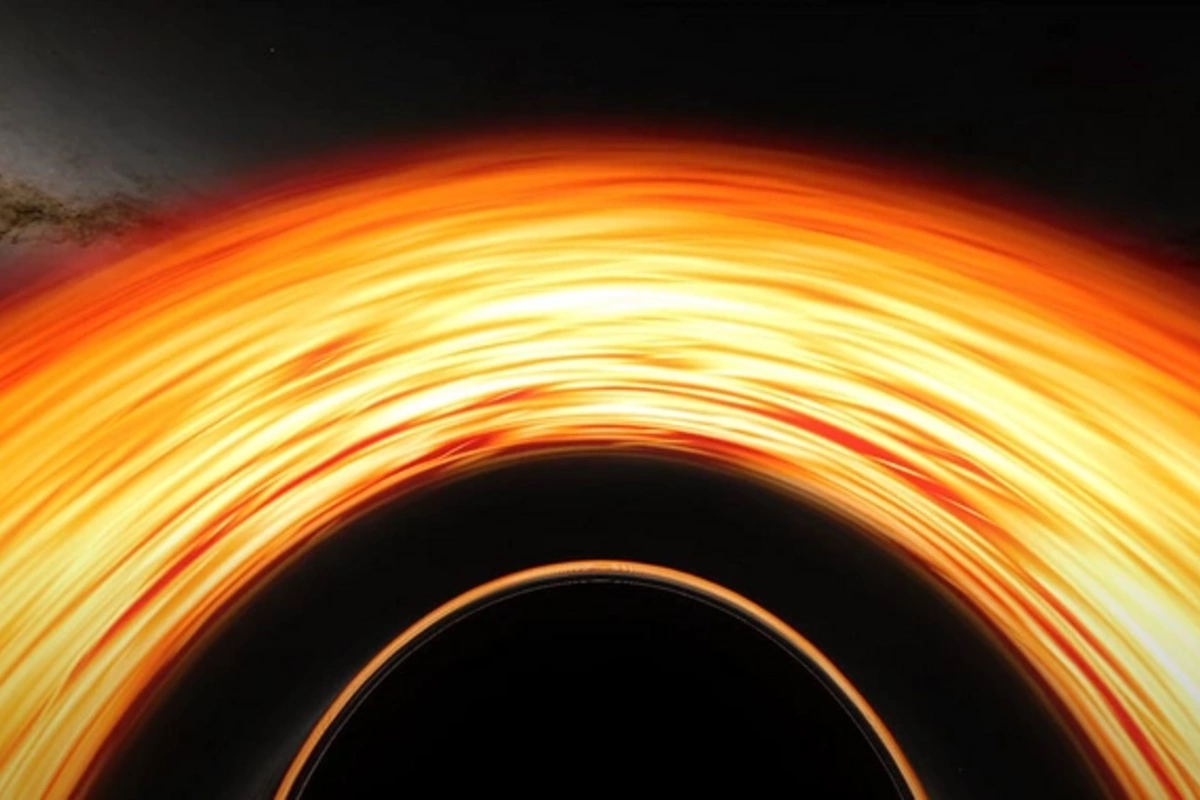14 Aug , 17:00
0

Astrophysicist Proposes Revolutionary Model for the Origin of Supermassive Black Holes
Astrophysicist Jonathan Tan from the University of Virginia has put forward an exciting theoretical model that reveals the mystery of the origin of supermassive black holes - colossal cosmic objects whose mass exceeds the Sun's by millions and billions of times. These giant black holes are located at the centers of most large galaxies, including our Milky Way. The research is published in the prestigious scientific journal Astrophysical Journal Letters (AJL).
The innovative "Pop III.1" model asserts that all such black holes are remnants of the first stars in the Universe - Population III.1 stars. According to the hypothesis, these ancient luminaries reached incredible sizes thanks to energy released during dark matter annihilation. Notably, the theory already successfully explains a number of unexpected discoveries made by the James Webb Space Telescope, including the detection of supermassive black holes in the distant and early Universe.
In his work, Tan makes a bold prediction: such giant stars could rapidly ionize hydrogen in the Universe, emitting powerful flashes at their birth. This additional early stage of ionization, preceding processes in ordinary galaxies, may be the key to resolving fundamental contradictions in modern cosmology, including the famous "Hubble constant tension," the "dynamic dark energy" hypothesis, and anomalies in neutrino mass estimates.
Professor Richard Ellis from University College London highly praised the research, calling it elegant and noting its potential for explaining the two-stage process of star formation and ionization in the early Universe. According to him, the first stars could have formed during a short and bright flash, and the Webb telescope observations are capturing the "second wave" of this cosmic process.